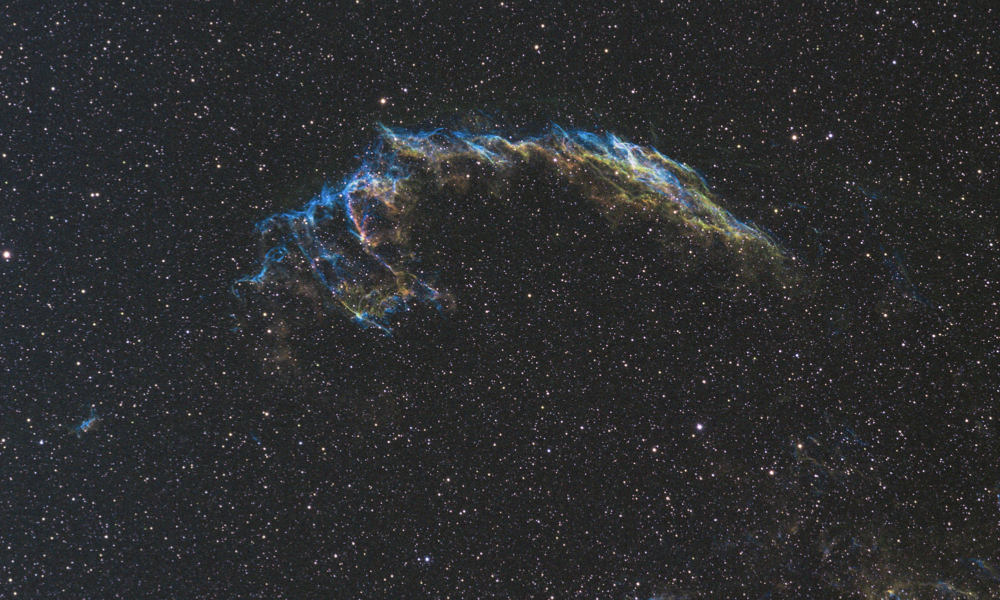
ESA Open Invitation to Tender AO10242
Open Date: 16/03/2020
Closing Date: 11/05/2020 13:00:00
Status: ISSUED
Reference Nr.: 20.1ET.01
Prog. Ref.: GSTP Element 1 Dev
Budget Ref.: E/0904-611 – GSTP Element 1 Dev
Special Prov.: DE+AT+NO
Tender Type: C
Price Range: > 500 KEURO
Products: Satellites & Probes / AOCS & GNC / Guidance Navigation Control (GNC) / Radars, lidars, GNSS receivers / Satellites & Probes / Electronics / EEE Components / Capacitors
Technology Domains: RF Systems, Payloads and Technologies / Radio Navigation Systems/Subsystems / Onboard Receivers
Establishment: ESTEC
Directorate: Directorate of Tech, Eng. & Quality
Department: Electrical Department
Contract Officer: Seynaeve, Christophe Rene R.
Industrial Policy Measure: N/A – Not apply
Last Update Date: 16/03/2020
Update Reason: Tender issue
The objective of the activity is to develop an Engineering Model (EM) for a space GNSS receiver for nano-satellites It shall serve two use cases: – precise relative navigation between S/C, – precise on-board POD down to sub-meter level position accuracy and mm/slevel velocity accuracy.Previous GNSS space receiver developments are based on advanced ASIC (AGGA-4) and provide state-of-the-art performances for ESA and third-party missions including EO applications like GNSS Radio Occultation. The form factor and power consumption of those space receivers are not compatible with cubesat and microsat missions. An alternative is the use of COTS professional receivers, however they have not been subject to space qualification and may not provide the necessary reliability in space, not the configurability needed to prove advanced concepts in space. On the other hand, small satellites also opens new opportunities with constellations, which may require relative and absolute navigation between S/C with very accurate positioning and timing possiblydown to sub-meter position and mm/s velocity accuracy.The activity aims at developing a GNSS space receiver, including antenna targeting low cost, low power consumption missions. The target platform should be hosted in a 1U cubesat (target) and it is expected to be based on COTS components and SDR (Software Define Radio) platforms. Particular interest is on the powerful SoC currently adopted for cubesat. The product shall allow POD (Precise Orbit determination), both on ground (current approach with post-processing as reference case) and on-board in real time with 10 cm pos accuracy and 1mm/s vel accuracy). The real-time part is the novel approach developed for the first time in this activity.The architecture will likely require triple frequency reception, being the third frequency used for reception of precise GNSS clock and orbit correction. The activity covers tasks on: – implementation of the GNSS receiver, including radiation-hardening techniques to improve integrity of the platform, at the expense of reducing availability (that is not the main requirement for IOD and cubesat missions), – a tailored qualification process (similar to that expected to be followedfor space technology on large constellations), and the execution of related qualification tests, – radiation testing in order to validate the radiation hardening approach, – select a COTS antenna suitable for space with carrier phase center stability adequate for POD, – all the necessary steps for qualification of the product for IOD (following tailored version of ECSS for IOD missions).The proposed concept of on-board real time POD requires an In-Orbit-Demonstration (IOD) with high modularity and re-configurability (e.g.with FPGAs). This activity should provide here the fundamental step which is to have a product ready to fly for a future IO activity.If the IOD is successful proving this technique, multiple future missions, including constellations, should benefit from this development. In case the IOD is successful, this will pave the way to port the solution developed in this activity to more robust spacequalified hardware.
If you wish to access the documents related to the Invitation to Tender, you have to log in to the ESA Portal.
